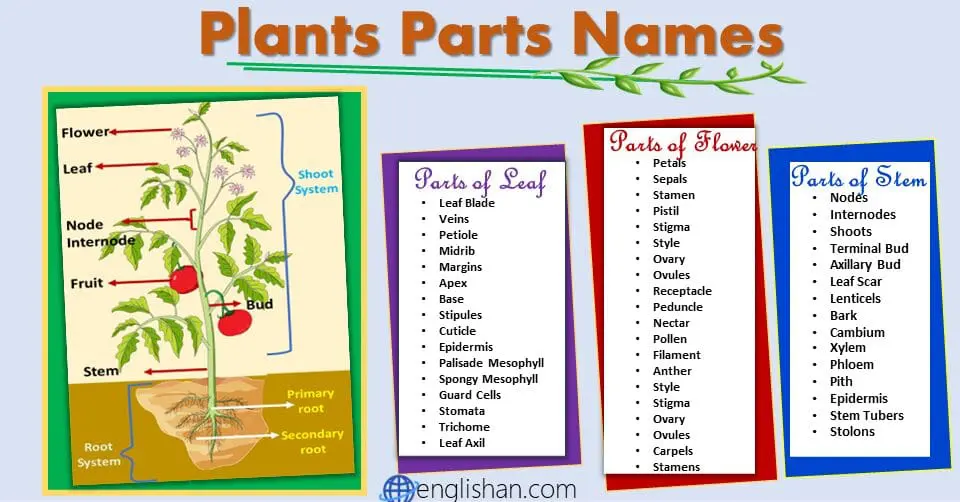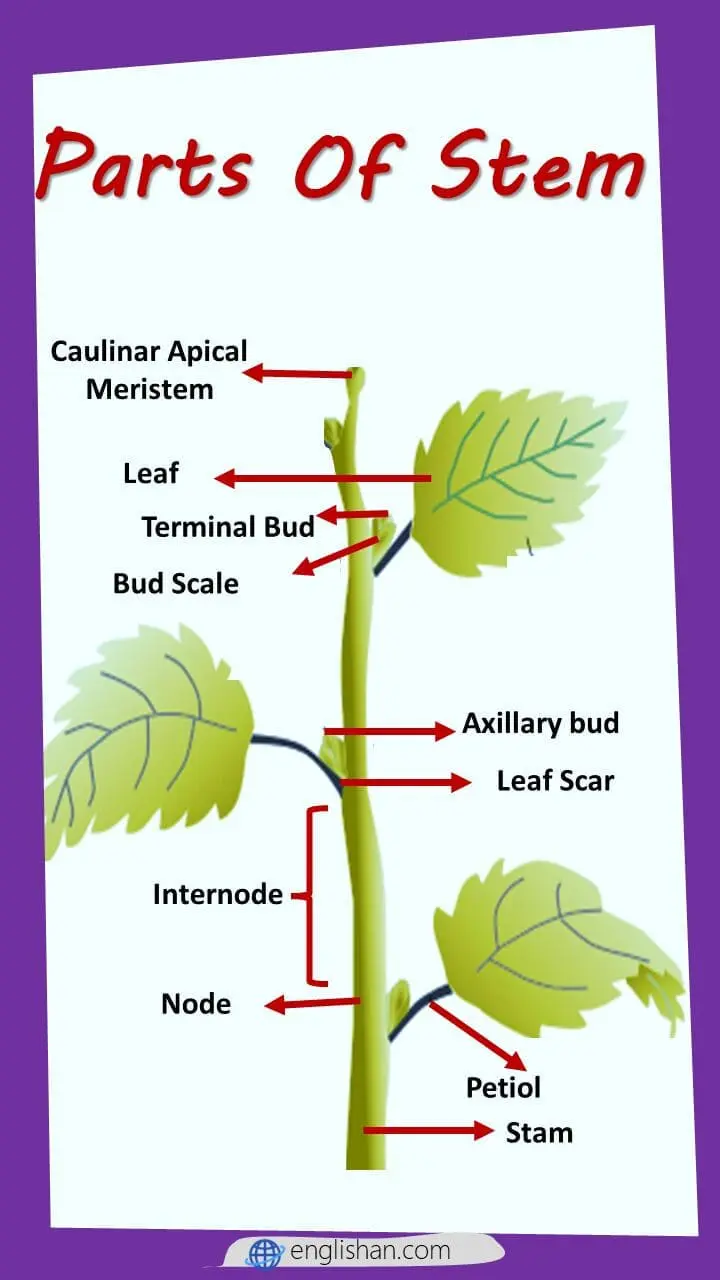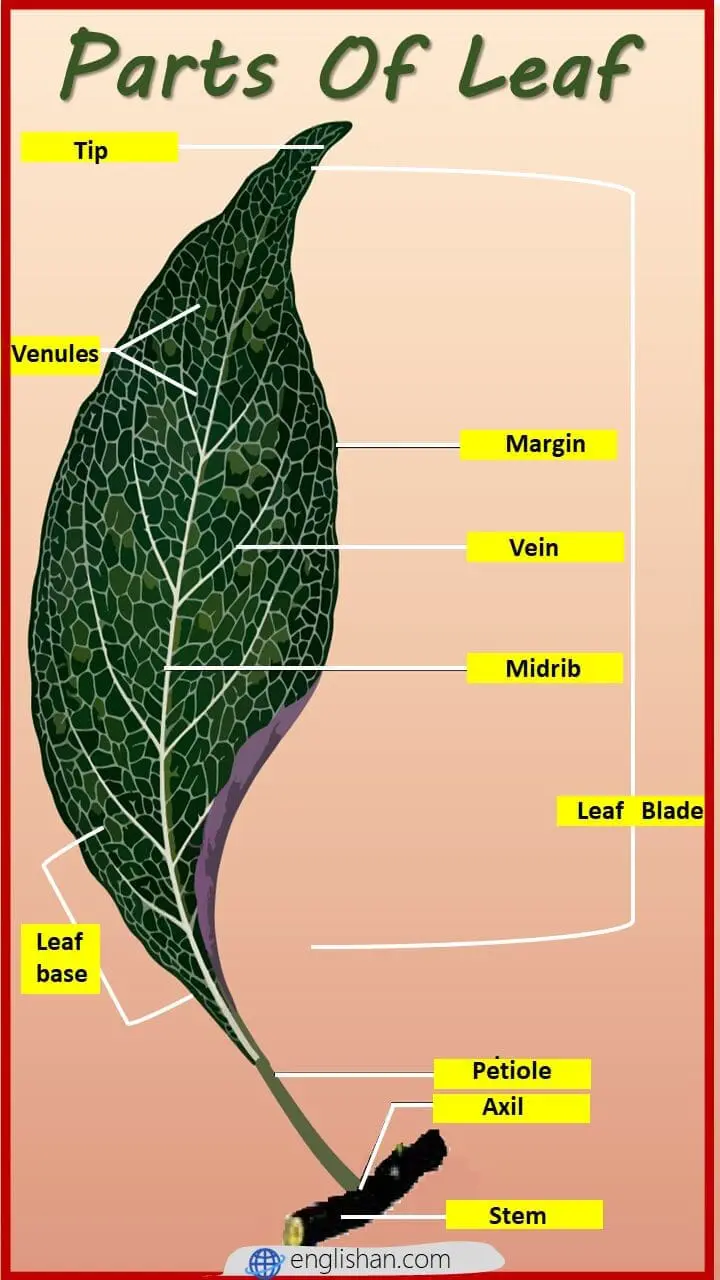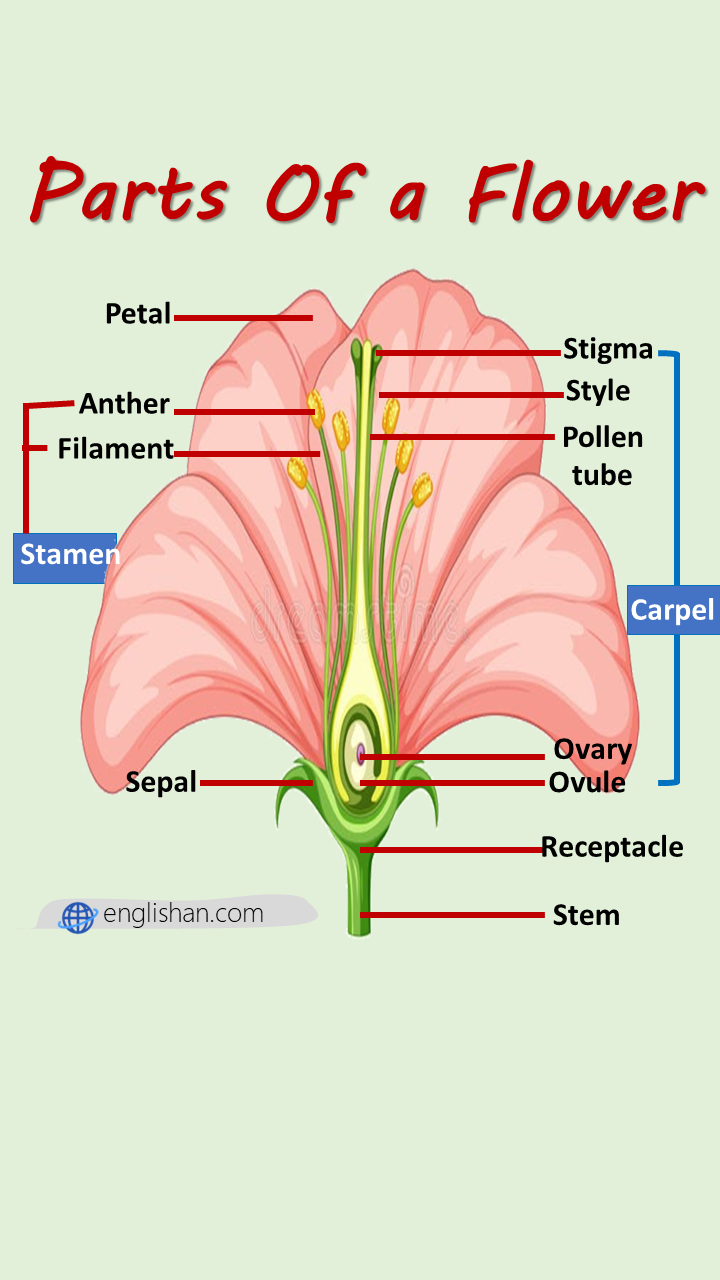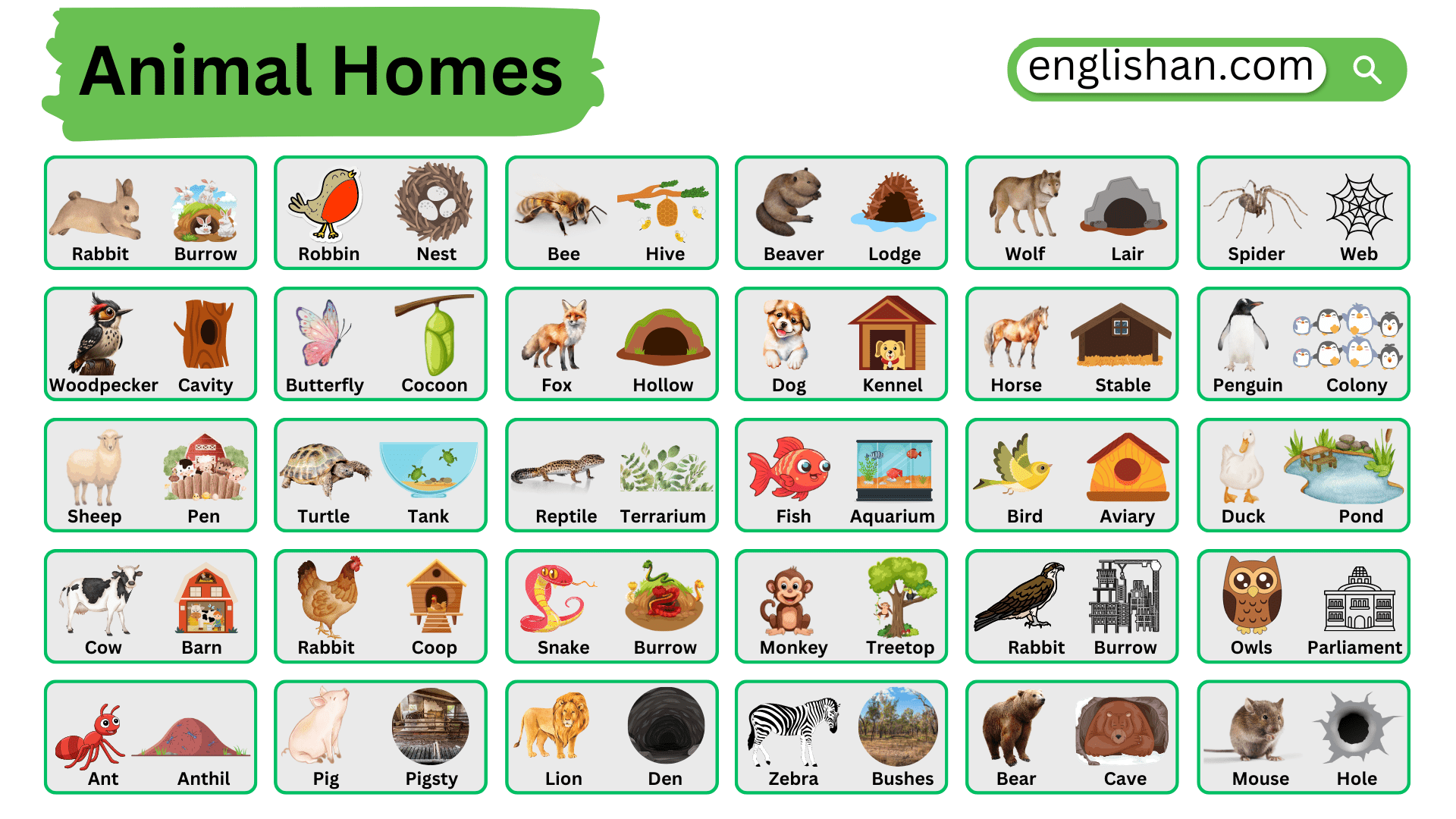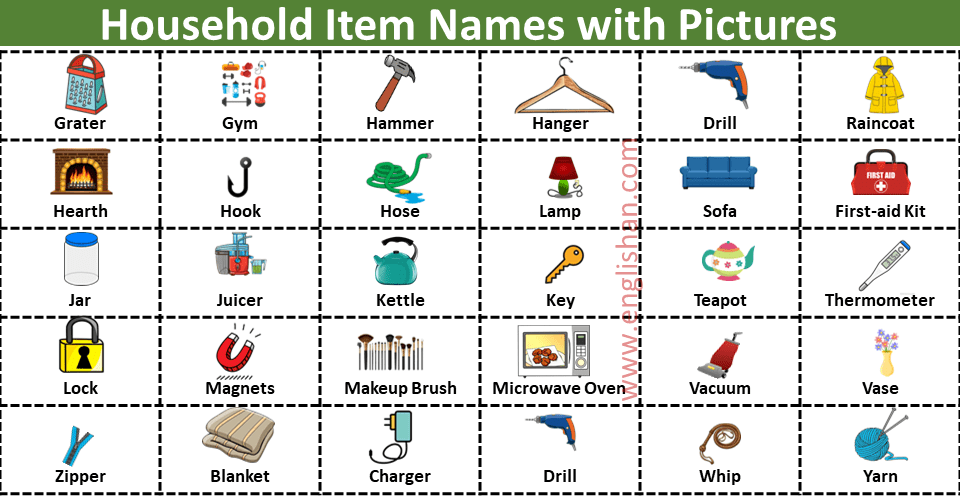Contents
In this blog post, you will learn the names of different plant parts in English. Understanding these terms helps describe how plants grow, function, and support life. From roots to leaves, each part has an important role. Knowing these words improves your vocabulary and helps in science, gardening, and daily conversations. Whether you are a student or just interested in nature, learning plant part names is useful.
To expand your vocabulary, visit our vocabulary category for more topics.
Plants Parts Names
- Roots: The roots are the underground part of a plant responsible for anchoring it to the ground and absorbing water and nutrients from the soil. They act as a lifeline, providing plants with the essential elements they need to thrive and grow. Examples of roots include taproots, which extend deep into the soil, and fibrous roots, which form a dense network near the surface.
- Stems: The stem serves as the main support system of a plant, connecting its roots and leaves. It transports water, nutrients, and sugars throughout the plant, ensuring proper distribution and nourishment. Stems come in various forms, such as woody stems found in trees and herbaceous stems found in non-woody plants.
- Parts of Stem
- Nodes: Points on the stem where leaves, buds, or branches emerge.
- Internodes: Sections of the stem between two adjacent nodes.
- Shoots: Young, growing stems that bear leaves and buds.
- Terminal Bud: Bud located at the tip of the stem, responsible for the stem’s vertical growth.
- Axillary Bud: Bud found in the leaf axil, capable of developing into branches or flowers.
- Leaf Scar: Mark left on the stem after a leaf falls off.
- Lenticels: Small pores or openings on the stem’s surface that allow for gas exchange.
- Bark: Protective outer covering of the stem, consisting of the outer cork layer and inner phloem.
- Cambium: Thin layer of tissue responsible for the growth in thickness of the stem.
- Xylem: Vascular tissue that transports water and nutrients from the roots to other parts of the plant.
- Phloem: Vascular tissue that transports sugars and organic compounds from leaves to other parts of the plant.
- Pith: Central, spongy region within the stem, involved in the storage and transport of nutrients.
- Epidermis: Outermost layer of cells that covers and protects the stem.
- Stem Tubers: Swollen underground stems, such as potatoes, that serve as storage organs.
- Stolons: Horizontal stems that grow above the ground and produce new plants at their nodes.

Part Of Stem Diagram
- Parts of Stem
- Leaves: Leaves are the photosynthetic factories of plants. They capture sunlight and use it, along with carbon dioxide and water, to produce glucose and oxygen through the process of photosynthesis. Leaves are typically flat and green, but they can also come in different shapes, sizes, and colors, depending on the plant species.
- Parts of Leaves
- Leaf Blade: The broad, flat part of the leaf that captures sunlight for photosynthesis.
- Veins: The intricate network of vessels that transport water, nutrients, and sugars throughout the leaf.
- Petiole: The slender stalk that connects the leaf blade to the stem.
- Midrib: The central vein runs along the length of the leaf, providing structural support.
- Margins: The edges of the leaf, which can be smooth, serrated, lobed, or toothed.
- Apex: The tip or end of the leaf.
- Base: The point of attachment of the leaf to the petiole or stem.
- Stipules: Small, leaf-like structures found at the base of the petiole in some plants.
- Cuticle: A waxy, protective layer covering the leaf surface, reducing water loss.
- Epidermis: The outermost layer of cells that protects the leaf and controls gas exchange.
- Palisade Mesophyll: The layer of elongated cells below the upper epidermis, responsible for most of the photosynthesis.
- Spongy Mesophyll: The layer of loosely packed, irregularly shaped cells below the palisade mesophyll, facilitating gas exchange.
- Guard Cells: Specialized cells that surround and regulate the stomata, controlling the movement of gases and water vapor.
- Stomata: Small openings on the leaf surface that allow for gas exchange, including the intake of carbon dioxide and the release of oxygen and water vapor.
- Trichomes: Tiny hair-like structures on the leaf surface that can provide protection against herbivores and reduce water loss.
- Leaf Axil: The angle between the leaf and the stem where buds or lateral branches may emerge.
- Parts of Leaves
- Flowers: Flowers are the reproductive structures of plants. They are adorned with vibrant colors and enticing scents to attract pollinators like bees, butterflies, and birds. Flowers produce seeds through the process of pollination, which allows plants to reproduce and continue their lifecycle. They come in an array of shapes and sizes, each with its unique beauty.
- Parts of Flowers
- Petals: Colorful, often fragrant structures that surround the reproductive organs of a flower.
- Sepals: Leaf-like structures at the base of a flower that protect the developing bud.
- Stamen: Male reproductive organ consisting of the filament and anther. The anther produces pollen grains.
- Pistil: Female reproductive organ comprising the stigma, style, and ovary. The stigma receives pollen, the style connects the stigma to the ovary, and the ovary contains the ovules.
- Stigma: Sticky surface at the top of the pistil where pollen grains land and germinate.
- Style: Tubular structure that connects the stigma to the ovary.
- Ovary: Bulbous base of the pistil that contains ovules. After fertilization, the ovary develops into a fruit.
- Ovules: Eggs housed within the ovary, which, when fertilized, develop into seeds.
- Receptacle: Base of the flower where all the floral parts are attached.
- Peduncle: Stem-like structure that supports the flower.
- Nectar: Sweet fluid secreted by certain flowers to attract pollinators.
- Pollen: Fine powder produced by the anthers, containing male reproductive cells.
- Filament: Slender stalk that supports the anther.
- Anther: Structure at the top of the stamen that produces and releases pollen.
- Style: Slender tube that connects the stigma to the ovary in the pistil.
- Stigma: Sticky or feathery surface at the top of the style that receives pollen.
- Ovary: Enlarged basal part of the pistil that contains ovules, which develop into seeds after fertilization.
- Ovules: Female reproductive structures within the ovary that develop into seeds when fertilized.
- Carpels: The collective term for the female reproductive organs of a flower, including the stigma, style, and ovary.
- Stamens: The collective term for the male reproductive organs of a flower, including the filament and anther.
- Parts of Flowers

Parts of a Flower Diagram - Fruits: After successful pollination, flowers transform into fruits. Fruits are the mature ovaries of flowering plants, containing seeds that aid in dispersal. They come in various forms, such as berries, drupes, and pods. Fruits not only serve as a means of reproduction but also provide nourishment to animals and humans.
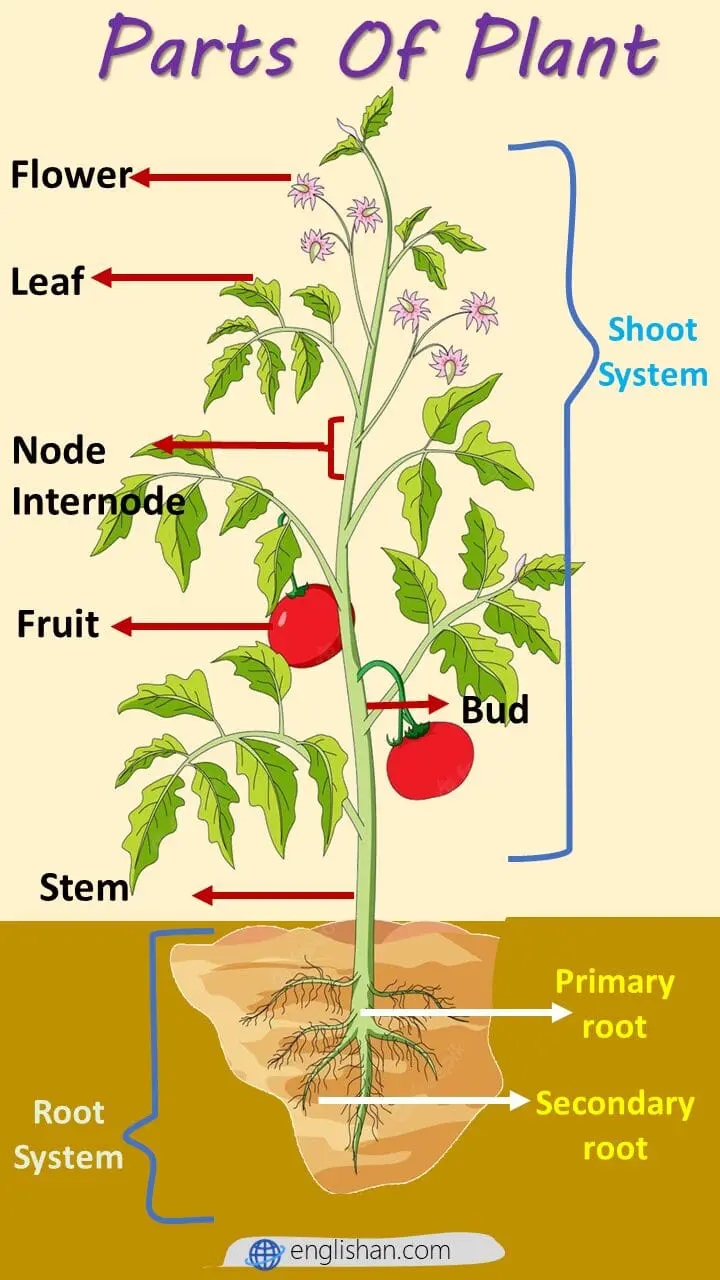
FAQs
The main parts of a plant are:
Roots – Hold the plant in the ground and take in water.
Stem – Supports the plant and moves water and food.
Leaves – Make food for the plant using sunlight.
Flowers – Help the plant make seeds.
Fruits – Hold the seeds and help spread them.
Seeds – Grow into new plants.
These parts help the plant live and grow!
The name of a plant can be:
Rose (Common name)
Tulip (Common name)
Sunflower (Common name)
Oak Tree (Common name)
Cactus (Common name)
These are the names we use to call plants, either by their common name or scientific name!
Plants are living things that grow in the ground, water, or air. They use sunlight, water, and air to make food. Plants give us oxygen, food, and help the environment.
Examples:
Trees (like oak and pine)
Flowers (like roses and tulips)
Vegetables (like carrots and spinach)
Fruits (like apples and oranges)
Plants are essential for life!
Here are some examples of plants:
Rose
Tulip
Oak Tree
Sunflower
Cactus
Apple Tree
Carrot
Bamboo
These are different types of plants that grow in various places like gardens, forests, and deserts.
You May Also Like
